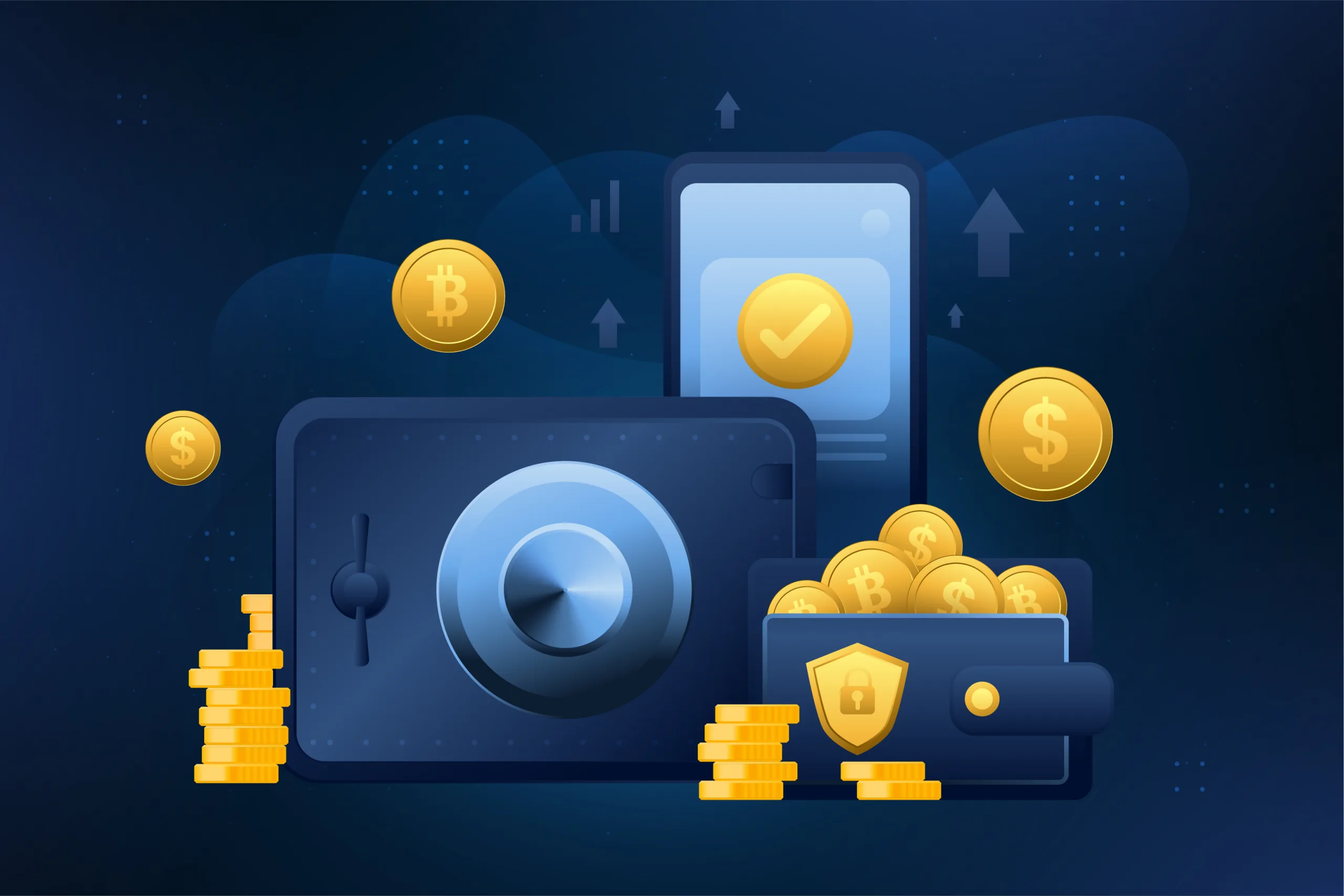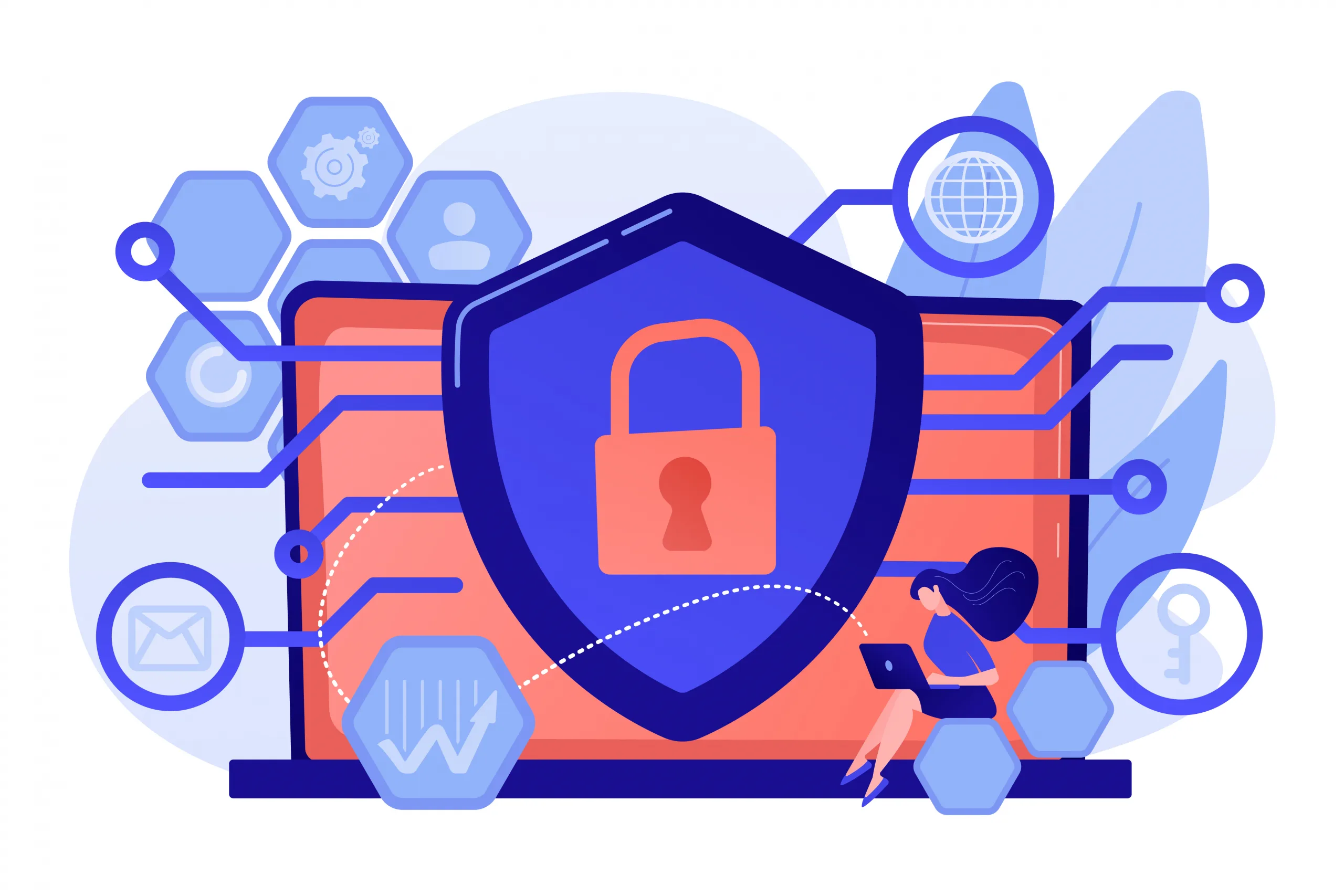- Introduction to Set Up a Secure Crypto Wallet
- Types of Crypto Wallets and Their Security Levels
- Step-by-Step: How to Set Up a Secure Crypto Wallet
- Advanced Tips to Keep Your Wallet Secure
- Common Mistakes to Avoid When Setting Up a Wallet
- Best Practices for Long-Term Crypto Storage
- How to Recover a Lost or Compromised Wallet
- Recommended Tools and Resources
- Conclusion: Securing Your Crypto Future
Introduction to Set Up a Secure Crypto Wallet
At its core, a crypto wallet stores the private keys that allow you to access and manage your digital assets like Bitcoin, Ethereum, and other altcoins. These wallets don’t actually store the coins themselves but rather your credentials on the blockchain.
Because anyone with access to your private keys can control your funds, wallet security is absolutely critical. A single oversight could mean losing everything.
Types of Crypto Wallets and Their Security Levels
Choosing the right wallet starts with understanding what’s out there and how each option balances convenience and safety.
Hot Wallets vs Cold Wallets: Key Differences
-
Hot wallets are always connected to the internet (e.g., mobile apps, web wallets).
-
Cold wallets remain offline, making them less vulnerable to hacking.
While hot wallets offer more convenience for daily transactions, cold wallets are better suited for long-term storage.
Hardware Wallets: The Gold Standard for Security
Hardware wallets like Ledger and Trezor store your private keys on a dedicated device, completely separate from your computer or phone.
Pros:
-
Highly secure against online attacks
-
Easy to set up with guided apps
Cons:
-
Can cost between $50–$200
-
Must be kept physically secure
Software Wallets and Mobile Apps
Popular apps like Exodus or Trust Wallet make crypto accessible, offering sleek interfaces and features like staking.
Security tip: Always download from official websites or trusted app stores to avoid phishing scams.
Paper Wallets and Air-Gapped Devices
A paper wallet is simply a printed QR code and private key, kept completely offline. Air-gapped devices go a step further by never connecting to the internet.
While ultra-secure, they can be tricky to use and are vulnerable to physical damage.
Step-by-Step: How to Set Up a Secure Crypto Wallet
Let’s go through the practical steps to set up a secure crypto wallet from start to finish.
Step 1: Choosing the Right Wallet for Your Needs
Ask yourself:
-
Do I plan to trade often? → Consider a reputable hot wallet.
-
Am I investing long-term? → Go for a hardware or cold wallet.
Match your choice to your goals and risk tolerance.
Step 2: Downloading or Buying the Wallet
-
Hardware wallet: Buy only from official sites (e.g., ledger.com, trezor.io).
-
Software wallet: Download directly from the official site or verified app stores.
Avoid used devices and double-check URLs to prevent scams.
Step 3: Creating and Backing Up Your Seed Phrase
This is your master backup—a list of 12–24 words shown during setup.
✅ Write it down on paper (not digital).
✅ Store copies in secure, separate places.
❌ Never share your seed phrase online.
Step 4: Setting a Strong PIN or Password
Choose:
-
A PIN that’s not your birthday or “1234.”
-
A long password (12+ characters) mixing letters, numbers, and symbols.
Consider using a password manager for storage—but never store your seed phrase there.
Step 5: Testing and Verifying Your Backup
Before adding significant funds:
-
Use your seed phrase to restore the wallet on another device.
-
Confirm it recovers the correct addresses.
Better safe than sorry!
Advanced Tips to Keep Your Wallet Secure
Level up your wallet security with these pro strategies.
Using Multi-Signature (Multi-Sig) Wallets
Multi-sig wallets require multiple approvals before transactions. Great for:
-
Businesses
-
Joint accounts
-
Added personal security
Enabling Two-Factor Authentication (2FA)
For software wallets and exchanges:
-
Enable 2FA with Google Authenticator or Authy.
-
Avoid SMS-based 2FA due to SIM-swapping risks.
Keeping Your Private Keys Offline
If possible:
-
Generate private keys on an air-gapped device.
-
Avoid saving them on cloud services or computers connected to the internet.
Common Mistakes to Avoid When Setting Up a Wallet
-
Reusing passwords
-
Backing up your seed phrase in your email
-
Downloading wallets from random links
-
Sharing screenshots of your wallet on social media
These mistakes can lead to immediate losses.
Best Practices for Long-Term Crypto Storage
Protect your crypto as carefully as gold.
Regularly Updating Firmware and Apps
Manufacturers release updates to patch vulnerabilities. Always:
-
Verify updates on the official website
-
Avoid connecting your wallet to unknown computers
Distributing Backups in Secure Locations
Instead of keeping backups at home only:
-
Store copies in bank safety deposit boxes
-
Use fireproof and waterproof safes
How to Recover a Lost or Compromised Wallet
If your device is lost or stolen:
-
Use your seed phrase to restore your wallet on a new device.
-
Immediately transfer funds to a new wallet (with a fresh seed phrase).
If your seed phrase is compromised, act fast.
Recommended Tools and Resources
-
Password managers: Bitwarden, 1Password
-
Reputable software wallets: Exodus, Trust Wallet
Conclusion: Securing Your Crypto Future
Setting up a crypto wallet might seem complex at first, but following these steps will protect your digital wealth. Remember: your security is only as strong as your weakest point. Stay updated, stay cautious, and you’ll enjoy the benefits of crypto safely.




Discussion (0)